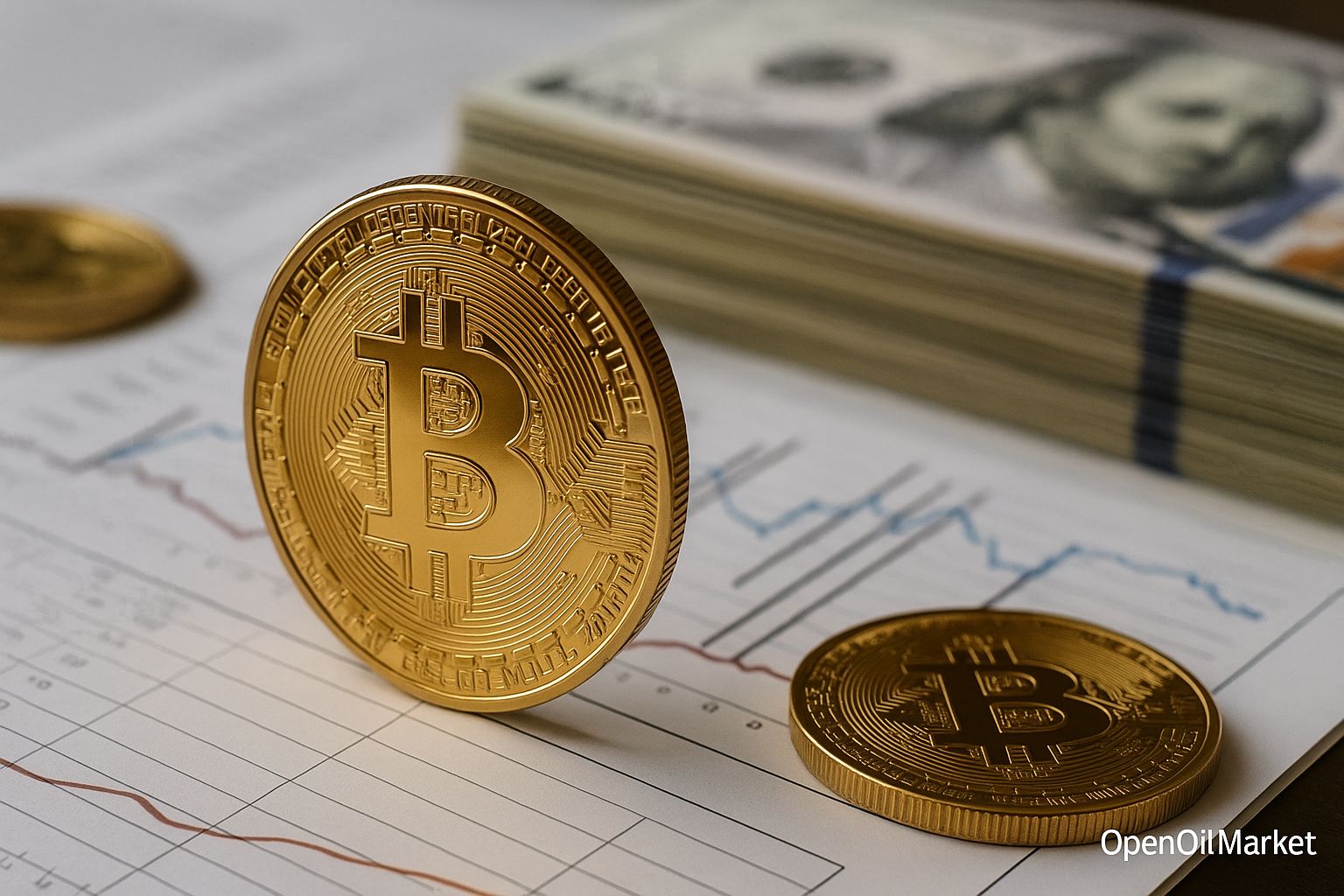Where to Invest One Million Rubles: Long-Term Investments
In today's unstable economy and rising inflation, prudent capital allocation becomes essential for preserving and multiplying savings. Investing 1 million rubles with a long-term horizon (10+ years) allows for protecting funds from depreciation and ensuring capital growth. In this article, we will explore the main legal instruments for ruble investments: their returns, risks, liquidity, and tax features. Readers will learn about deposits, bonds, stocks, funds, as well as tax advantages (IIS, NPO, IZH) and examples of a diversified portfolio.
Ruble Deposits and Bonds
-
Bank Deposits. Simple and reliable ruble deposits provide a return of approximately 12–20% per annum (depending on the bank and term). The risks are low since deposits are insured by the state (up to 1.4 million rubles). However, inflation (around 7–8%) and a 13% tax on interest income reduce real profits. Liquidity is low: early withdrawal results in the loss of part of the interest.
-
Government Bonds (OFZ). Russian OFZs offer a return of about 15–18% per annum (depending on the term). These are relatively low-risk securities (guaranteed by the state) with high liquidity. Investors receive coupon income (usually paid semiannually) and can also profit from price appreciation. Coupons and price differences are subject to a 13% income tax.
-
Corporate Bonds. Bonds of large companies yield an average of 10–20% per annum. Higher returns are associated with greater credit risk: companies may delay payments or go bankrupt. The liquidity of such securities depends on the issuer (higher for market leaders, lower for smaller issues). Coupon income is subject to a 13% income tax.
Stocks and Investment Funds
-
Stocks of Russian Companies. Stocks offer high potential returns through capital appreciation and dividends. Large-cap "blue chips" (Sberbank, Gazprom, Norilsk Nickel, Yandex, etc.) pay dividends of around 5–12% per annum. Long-term investments in stocks can ensure superior capital growth due to business development and profit reinvestment. However, stocks are volatile and subject to economic and political risks. Dividends and capital gains are taxed at 13%. The liquidity of large-cap stocks is typically high.
-
Foreign Assets and Funds. To diversify, a portion of funds can be invested in foreign markets through ruble-denominated ETFs and mutual funds tracking global indices (the USA, Europe, Asia) or commodity assets. This broadens investment horizons but adds currency and geopolitical risks. Historically, global stock indices have shown average annual returns exceeding 7–10%. Investing in foreign stocks and funds can help reduce the portfolio's dependence on the Russian market situation.
-
Mutual Investment Funds (PIFs, ETFs). PIFs and ETFs allow for collective investment in diversified portfolios of stocks or bonds. Ruble-denominated funds track indices of Russian or global markets, while some ETFs invest in gold or oil. Returns of such funds are close to market rates, and taxes are paid at the same 13% rate upon withdrawal. An advantage of ETFs is that they can be bought like stocks through a brokerage account.
Other Assets
-
Precious Metals (OMS). An unallocated metal account (OMS) allows investments in gold, silver, and other precious metals. Protection against inflation and crises makes gold a popular choice. Recent years have seen real returns in rubles of several percentage points per annum. Selling metals is straightforward at market rates (high liquidity), and profits are subject to a 13% income tax (similar to capital gains on other assets).
-
Real Estate. Investments in residential or commercial real estate traditionally serve for long-term capital preservation. Rental income can yield returns of about 5–8% of property value in regions and up to 10% in major cities. However, acquiring real estate requires a significant initial capital outlay, and liquidity is low — a property can be difficult to sell quickly at full price. Nonetheless, over 10–15 years, real estate values in cities typically appreciate, providing genuine capital growth and inflation protection.
Tax Advantages: IIS, NPO, IZH
-
Individual Investment Account (IIS). This is a special brokerage account with tax preferences. Under type A, investors receive a 13% refund on contributions (maximum of 400,000 rubles invested per year, i.e., up to 52,000 rubles refund of income tax). Under type B, profits from investments are tax-exempt provided the account is maintained for at least 3 years. IIS is particularly beneficial for long-term investments in stocks and bonds: one can either receive a tax rebate or freely reinvest profits without income tax.
-
Non-State Pension Provision (NPO). A new type of pension product that allows for contributions and receiving a 13% tax deduction (limits vary; for example, the total limit for privileged contributions in 2025 is 400,000 rubles for IIS, NPO, and other programs). NPO is similar to contributions to pension funds: funds are invested until retirement. Returns on NPO are approximately in line with NPF returns (around 7–8% per annum before tax deductions). A downside is that funds are frozen until retirement, but a plus is the additional tax savings.
-
Investment Life Insurance (IZH). Under the IZH contract, contributions are invested in a portfolio of securities. Upon meeting the terms (usually no less than 5 years), all accumulated profits from the policy are paid out without tax deductions. IZH combines savings with some risk insurance (payment to a beneficiary in case of death). However, there are hidden fees and restrictions on early withdrawal. For long-term goals, IZH is appealing due to its guarantee of tax protection on income upon fulfilling contract terms.
Example Portfolio Distribution
To illustrate, here is a sample diversified portfolio for 1 million rubles focusing on capital growth (horizon 10+ years):
-
30% – OFZ and government bonds. Provide reliable coupon income (approximately 15% per annum) with low risk.
-
30% – Corporate bonds from large issuers. Yield higher income (for example, 15–20%) and balance risk through creditworthy companies.
-
25% – Stocks. Funds are allocated between domestic "blue chips" (Sberbank, Norilsk Nickel, Yandex, etc.) and foreign assets through funds. Expected capital returns (price appreciation + dividends) can amount to around 10% per annum or more.
-
5% – Precious metals (gold). Acts as an inflation hedge: historically, gold prices have increased by several percentage points per year.
-
5% – Non-State Pension Provision (NPO). While the contribution does not yield profits, it provides tax advantages (13% refund on the amount contributed) and ties up funds for the long term.
-
5% – Bank deposits. A reserved portion of the portfolio for liquidity and guaranteed income (up to 15–20% per annum) without market risks.
This distribution combines dynamic growth (stocks and bonds) with capital protection (government bonds, deposits, gold). A more aggressive investor may increase the share of stocks, while a conservative investor may raise the share of bonds and ruble deposits.
Long-term investments of one million rubles require diversification and careful risk management. The main ideas: combine instruments with different returns and risks, focusing on the goal of capital growth while considering inflation. Utilizing tax advantages (IIS, NPO, IZH) enhances portfolio efficiency and reduces tax burdens. If you are a beginner investor, start by learning about basic financial products, and then gradually build your portfolio. Follow professional blogs and continue to study the information – a long-term perspective in investing always yields results for the patient investor.




